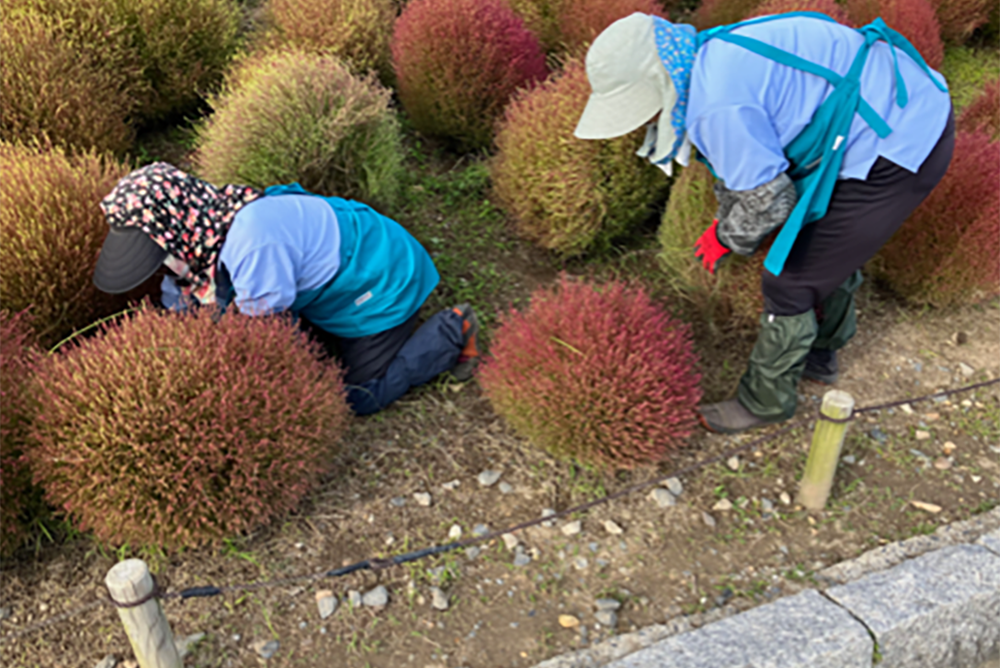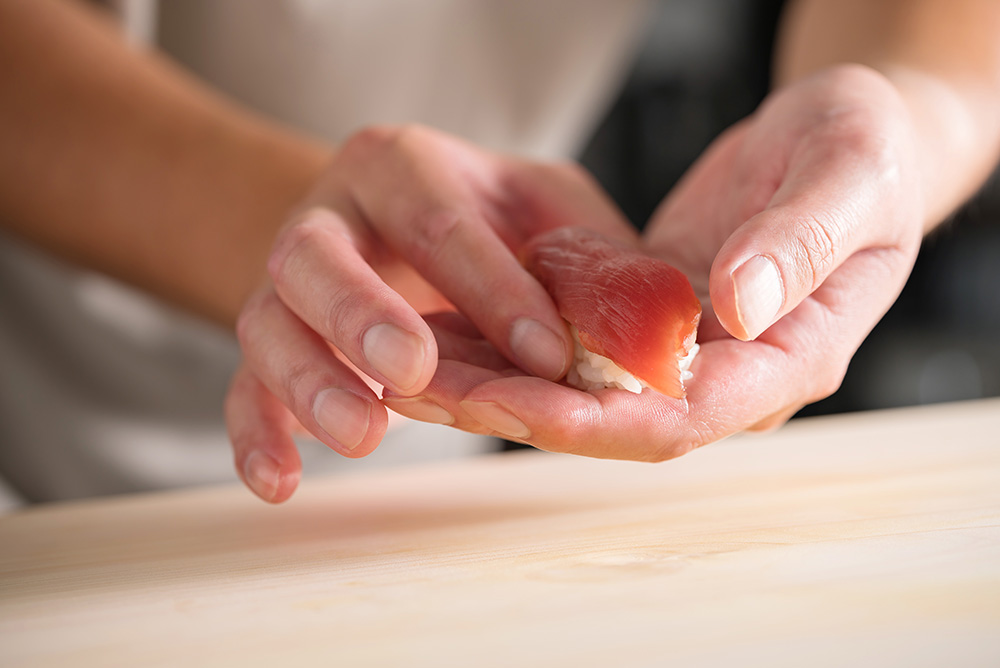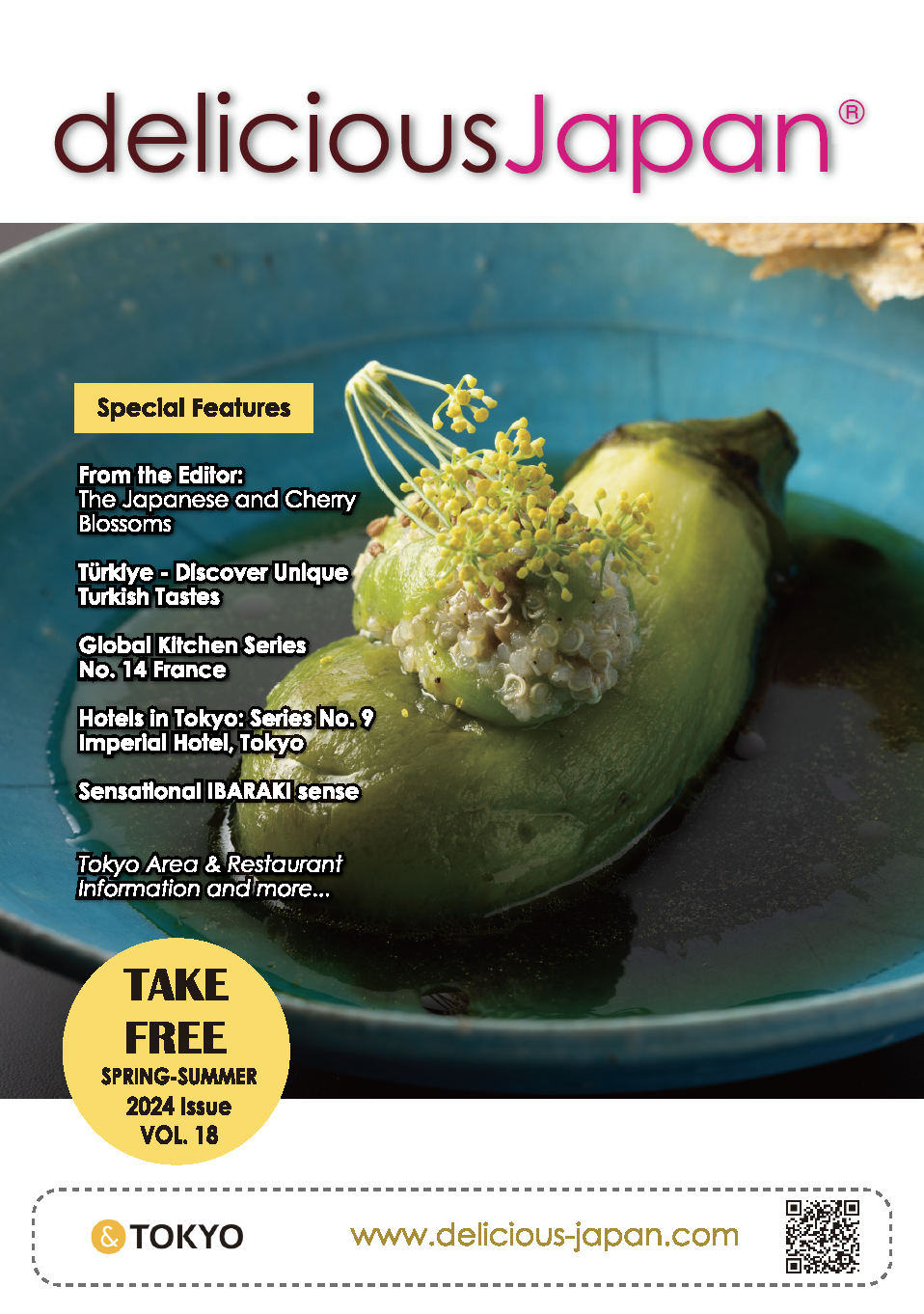
Spreading the Buckwheat Love with Gluten-Free Galettes
Mr. Shinju Takahashi, Owner of Galette Stand
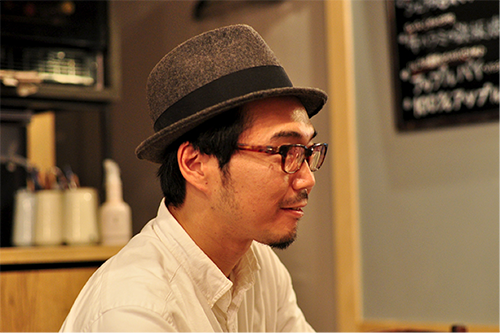
Mr. Shinju Takahashi,
Owner of Galette Stand
Why did you start your current business?
I used to work at an IT company before I started this business. I loved buckwheat noodles so much that I ate it 2-3 times a week and even visited Nagano, an area known for its buckwheat production. When I visited, the buckwheat fields from my childhood memories were no longer there. While the buckwheat noodle culture has a long history dating back to the Edo period, the self-sufficiency rate of buckwheat flour in Japan only accounts for about 30% and most are imported from China or Russia. I wanted to start a business that contributed to the self-sufficiency rate of buckwheat. I chose galette over noodles because noodles are not so popular among the younger generation. I thought of serving domestic buckwheat in a different style that will be accepted by a wider range of customers and cause a stir in self-sufficiency rate of buckwheat. We learned about galette making from a French bistro called Bistro Vintheo and they helped us develop the recipes.
Do you consider contributing to the self-sufficiency rate of buckwheat by serving foods other than galette?
There are very limited gluten free items in Japan. While Japan will face an increase of foreign visitors due to the 2020 Olympics, we hear many voices from the visitors saying that there are not enough options of gluten free items including snacks. We’re currently considering the development of gluten free snacks in addition to galettes. Right now, we’re thinking of developing buckwheat flour financier.
Will you serve that at your shop?
We want to sell it as a packaged product in the future, but we’ll start by serving it at our shop or at outdoor events. We already developed loaf cakes. It’s made with buckwheat and rice flour. There are two types, one with apples and another with banana and nuts. We can make delicious cakes using buckwheat.
Is it difficult to use buckwheat for cakes?
Our galettes are made of 100% buckwheat. To create a nice balance between the milling of buckwheat, type of salt, and resting of dough is very difficult. But when we make cakes, we add some rice powder because using only buckwheat will make the cake too crumbly. Japanese people like the moist texture.
What make your galettes special?
We get our buckwheat from a farm in Iijimamachi, Nagano Prefecture. This farm produces buckwheat using farming methods that are friendly to the environment. They are currently our contractor and we purchase unpolished buckwheat from them that we later mill using our milling machine in our shop. That way, we can provide fresh buckwheat flour. Just like how the surface of a sliced apple turns brown, grains also lose its nutrition over time once it is milled.
Is buckwheat from Nagano different from other domestic or overseas buckwheat?
I tried other types of domestic buckwheat but the flavor is different. Buckwheat from Nagano has sourness too. This sourness is what creates depth in the flavor. Buckwheat from abroad has less flavor and you can tell the difference when you eat it. The toppings are more valued over the dough in many French galette shops, but the dough is the most important for us. French buckwheat flour generally has fewer flavors, and some shops would mix it with flour. We’ll continue using Japanese buckwheat at our place.
What’s your best-recommended galette?
I recommend mont blanc galette and cream mushroom galette. Our menus change each season.
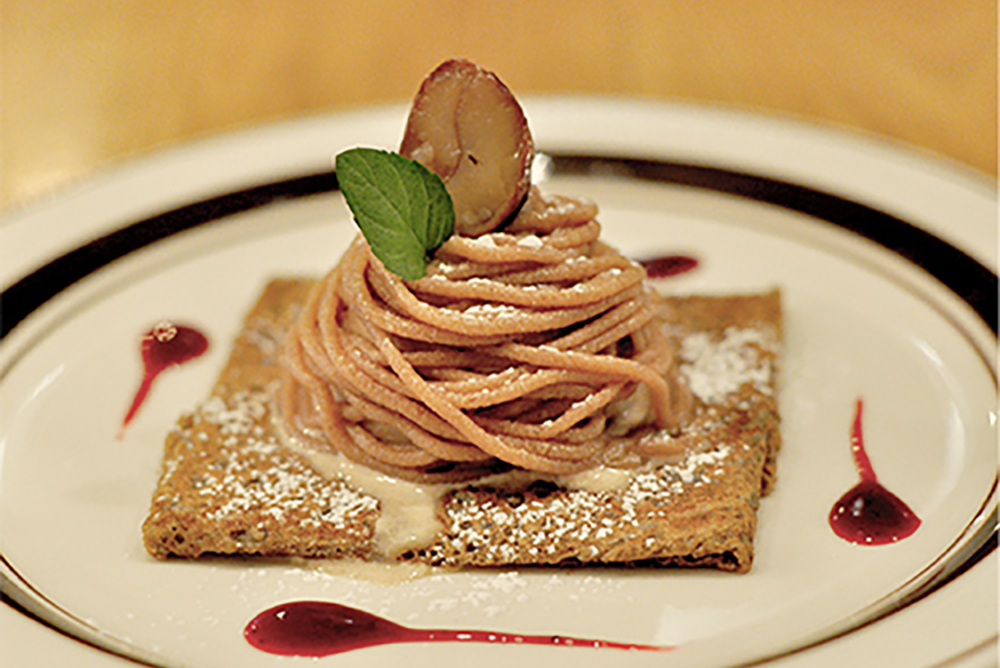
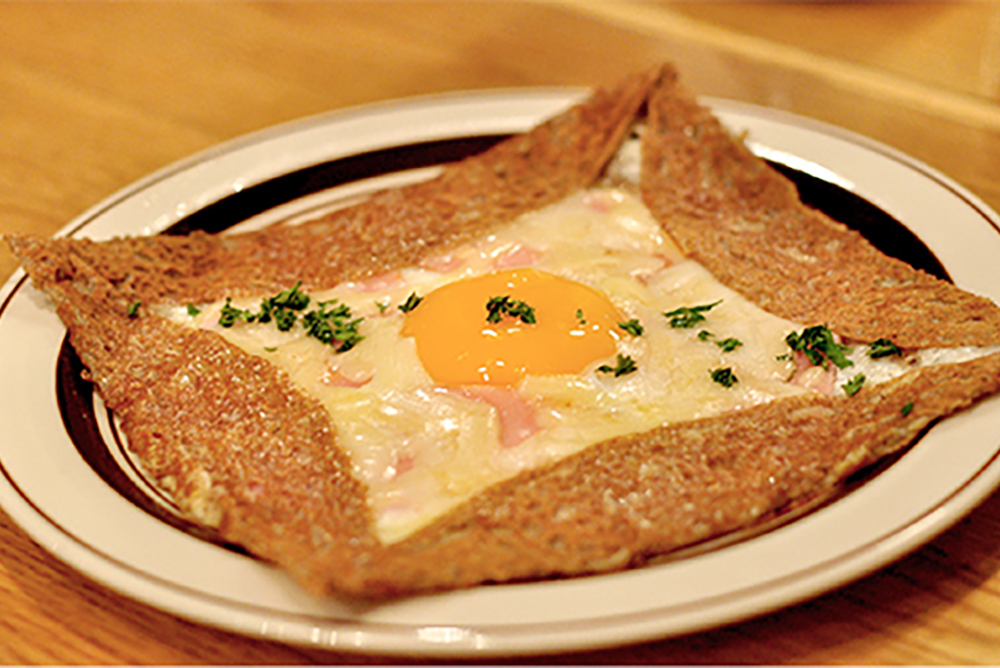
Who are your main customers?
Women in their 20s to 40s. We set our price range low to attract more male customers, but more than 90% of our customers are female.
What do you do to attract male customers?
Our to go menus are aimed at male customers, but we still have more female customers. However, if we look at the male to female ratio, the ratio of male customers who order the to go menu is slightly higher.
Why did you start selling the galette wraps?
Regular galettes are square, but we wanted more male customers and people who feel reluctant to go inside a galette shop to try galettes more freely. There are many business people around this area and we wanted to serve something you can eat with one hand for those busy people.
Are the regular galettes and wraps made from the same dough?
Yes they are the same. The dessert type is wrapped like crepes you often see in Japan, and the meal type is like a wrap sandwich. Avocados and shrimp are popular among women and we also have galette with beef.
What’s the secret in making a good galette?
You have to be careful when you bake the galette. The important part is to spread out the dough very even. Crepes are very easy and you often see high school students working at crepe stands, but galettes are much harder. It could get bumpy or you end up with holes. Crepes contain gluten that makes the dough more sticky and easy to bake, but buckwheat has no gluten so it is thicker. If you don’t bake it well, it doesn’t taste good. Since our galette has a strong buckwheat flavor, the combination of the toppings is also important. It is more difficult to balance the flavors of dessert galettes so we usually add rich cream and some sourness. Since anything matches with the meal galletes, we use seasonal ingredients that are healthy and favored by our customers.
You mentioned earlier that you hear from foreign visitors that there are few gluten free menus. Do you hear this from Japanese customers too?
Gluten free is not widely spread in Japan yet. The health trends in Japan are very rapid and move quickly from one to another. It seems like gluten free is just one of the many trends. Maybe there were not many delicious gluten free products when it was in trend.
Are there less gluten free intolerances or allergies in Japan compared to the US or Europe?
It seems like those people choose vegan foods and they are not aware of our products. The image of buckwheat = gluten free is still weak.
Do you see a potential of buckwheat growing in the gluten free market of Japan?
I feel that gluten free is just one characteristic. Buckwheat is an antioxidant and it contains rutin, a substance that prevents lifestyle diseases. We want to spread this to people who are conscious of health and beauty.
You mentioned product development in the future, but in addition to that, what is your future outlook?
We want to develop and serve gluten free foods using buckwheat to foreign visitors aiming at 2020.
Are you thinking of opening more galette shops?
No, we’re considering a business model that has its main focus on the to go menus.

